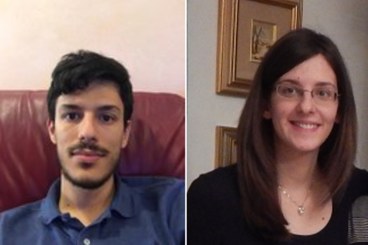3D Modeling of Undeciphered Scripts
Recent technological and methodological advancements in digital humanities have significantly improved paleographical approaches aimed at deciphering ancient scripts. In this regard, 3D modeling provides the most comprehensive solution for documenting these scripts, due to the three-dimensional nature of most of them. 3D models enable virtual inspection, measuring, and analysis of textual sources and of the epigraphic media in which they are inscribed, allowing for the assessment of the geometry and topology of the inscriptions, and, potentially, their remote transcription.
Here we present the results of the effort for the 3D digitization of 166 inscriptions from four undeciphered ancient scripts within the INSCRIBE (INvention of SCRIpts and their BEginnings) ERC project, based at the University of Bologna and led by Prof. S. Ferrara. Three of them were used in the second millennium BCE Aegean, i.e. Cretan Hieroglyphic, Linear A, and Cypro-Minoan; the last one, Rongorongo (of uncertain dating), was used, instead, on Easter Island.
Due to the high variability in shape, size, material, color, and sign depth, of the objects surveyed, close-range photogrammetry and structured-light scanning were adopted and occasionally adapted, being able to produce measurable digital-twins of the inscriptions with sub-millimetric geometric accuracy, high resolution, and high-quality texture. In addition to the review of all the objects digitized during the project, and of the methodologies adopted, this work provides several examples of the countless applications of such detailed and accurate 3D products. The 3D models are being progressively uploaded on the INSCRIBE 3D Interactive Web Viewer (www.inscribercproject.com).


